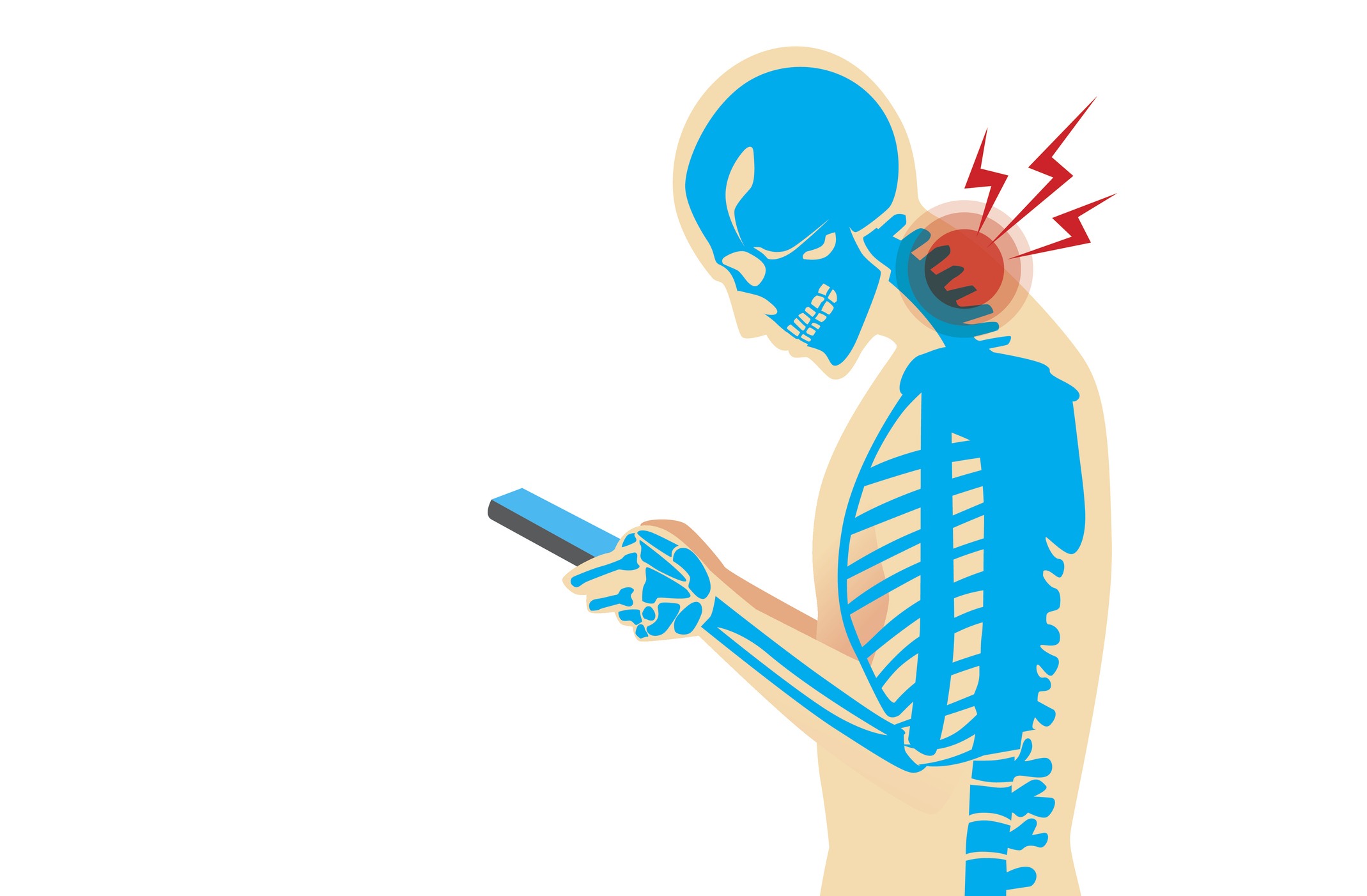Cervical Epidural Steroid Injection
A Cervical Epidural Steroid Injection (CESI) is a minimally invasive procedure used to alleviate pain in the neck, shoulders, and arms. It involves injecting a steroid medication into the epidural space of the cervical spine to reduce inflammation and pain. CESIs are commonly recommended for conditions such as herniated discs, spinal stenosis, and radiculopathy.

Why Might You Need a Cervical Epidural Steroid Injection?
The primary reasons for undergoing a Cervical Epidural Steroid Injection include chronic neck pain and radiating arm pain that have not improved with conservative treatments like physical therapy and medications. CESIs are effective in treating:
- Herniated Discs: Reducing inflammation around the disc material causing nerve compression.
- Spinal Stenosis: Alleviating pain caused by narrowing of the spinal canal.
- Radiculopathy: Easing pain and discomfort stemming from nerve irritation or compression.
What Are the Steps in a Cervical Epidural Steroid Injection Procedure?
Preoperative Preparation
- Medical Evaluation: A comprehensive medical evaluation is conducted to review symptoms and medical history.
- Medication Review: Patients are advised to avoid certain medications before the procedure.
- Fasting: Instructions on fasting might be given if sedation is required.
During the Procedure
- Patient Positioning: The patient sits or lies down, and the neck area is cleaned with an antiseptic solution.
- Local Anesthesia: The area is numbed with a local anesthetic to minimize discomfort.
- Needle Insertion: Using fluoroscopic guidance (live X-ray), a needle is carefully inserted into the epidural space.
- Steroid Injection: A combination of steroid and local anesthetic is injected into the epidural space to reduce inflammation and pain.
Postoperative Care
- Observation: Patients are monitored for a short period after the injection to ensure there are no immediate adverse reactions.
- Activity Restrictions: Limited physical activity is recommended for the rest of the day, with a gradual return to normal activities.

Recovery and Rehabilitation
Postoperative Care
- Pain Relief: Patients may experience relief from pain within a few days to a week.
- Follow-Up: A follow-up appointment is scheduled to evaluate the effectiveness of the injection and discuss further treatment options.
Potential Complications
While Cervical Epidural Steroid Injections are generally safe, potential complications can include:
- Infection: Risk at the injection site, though very rare.
- Bleeding: Minor bleeding at the injection site.
- Nerve Damage: Extremely rare but possible.
- Increased Pain: Temporary increase in pain immediately after the injection.
Benefits of Cervical Epidural Steroid Injection in Pain Management
- Pain Relief: Significant reduction in pain, allowing for improved mobility and quality of life.
- Inflammation Reduction: Decreases inflammation around irritated nerves.
- Improved Functionality: Enhances the ability to perform daily activities without pain.
- Avoids Surgery: Provides a non-surgical option for pain relief, potentially delaying or eliminating the need for surgery.
Pain Management Doctors Offering Cervical Epidural Steroid Injection
Pain Management
Genesys Surgery CenterLivoniaView all
Pain Management
Genesys Surgery CenterLivoniaView all



